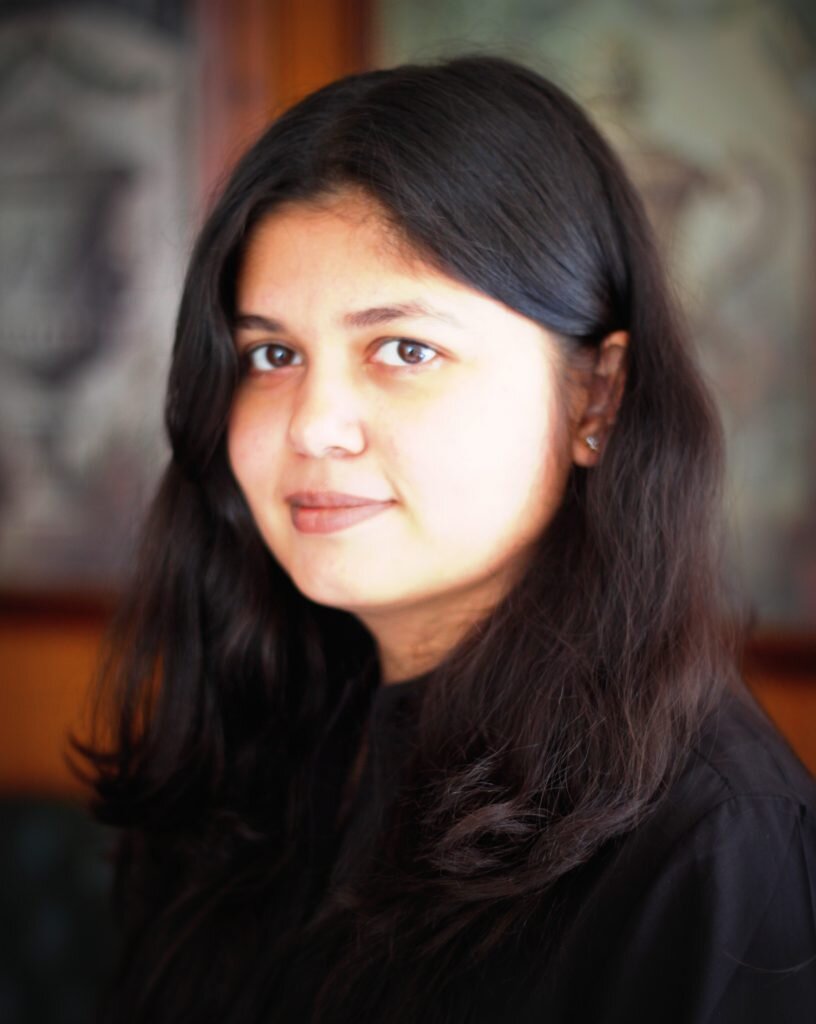The need to revisit the meaning of equitable access to healthcare
The COVID-19 pandemic made the existent gross inequities in global healthcare apparent. While these inequities were profoundly felt during the deployment of vaccines, they underlined the broader health response, including diagnostics, primary healthcare, and therapeutics. Hence, it is not surprising that the global health community has sought to enshrine equitable access to healthcare products as part of global health reforms. This year's 77th World Health Assembly (WHA), by consensus, amended the International Health Regulations (2005) (IHR) to incorporate an emphasis on equitable access.
The proposed roadmap includes boosting the global production of healthcare products and nudging more resourceful countries to share healthcare products with others during public health emergencies. Though well-intentioned, this approach to equitable access is flawed - it assumes that inequitable access is limited to the purchasing parity of the buying country. It precludes broader inequities in product design, research trials, technology transfers, and product deployment. If the global health community seriously intends to enable equitable access to healthcare, equity has to be baked into the design of the healthcare product.
Equitable access requires designing and deploying healthcare solutions to cross economic, social, infrastructural, and geographical barriers. Economic barriers arise from unequal purchasing powers between countries and also among individual citizens. Social barriers are products of diverse societies with differing social attitudes; for example, certain religions may forbid the use of certain products of animal origin in medications. Infrastructural barriers include the high cost of maintenance infrastructure required for deploying new healthcare products (for example, when they were first introduced, the COVID-19 mRNA vaccines required ultra-cold storage conditions, making their distribution in less-resourceful geographies difficult). Finally, geographical barriers arise because of human habitation in remote locations. Thus, issues of equitable access are not limited to the purchasing parity of the buying country but extend to the barriers that end customers face in accessing healthcare products.
A roadmap to equitable access should focus on the root of inequity - that most healthcare innovation is concentrated in select countries - the US, member states of the European Union, and Japan, amongst others. This sequestering of innovation has multiple fallouts that impact equity of access. For example, clinical trials in the US may not be inclusive of global genetic populations, and therefore, the products may not be adequately tested for their utility in other populations. The newly approved CRISPR-based therapy for sickle cell anaemia has been developed in the UK and US, but clinical trials don’t account for African or Asian genetics, where sickle cell anaemia causes the most suffering.
Even the IHR suggestion for boosting domestic production is well-intentioned but needs a detailed roadmap for execution. Setting up production facilities requires significant investment, and end-user demand may be relatively low during non-pandemic times. It is important to analyse equitable access not from the point of ensuring supply and demand solely at the market end but using a holistic approach that starts at the beginning of product development.
For healthcare to be truly equitable, WHO should push for increased global innovation, not just the production of healthcare products. It is likely that less-resourceful countries can better account for barriers to equitable healthcare delivery. For instance, India’s approach to healthcare innovation reflects this in the creation of affordable HIV drugs to aid Africa, the development of indigenous vaccines for COVID-19, rotavirus, etc. and the rising biosimilar industry. In a more recent example, NexCAR19, an indigenously developed CD19-targeted CAR-T cell therapy, is estimated to cost INR 30-35 lakhs (~3 million) per patient. Costs for equivalent treatments in the US would be INR 3.3 crores (~30 million).
However, there are three main challenges to equitable access to biotechnology. First, many technologies or drugs that originated in developed nations are patented, and patent holders control their prices. During COVID-19, India and South Africa petitioned the WTO to relax rules around patenting COVID-19 vaccine technology to enable access to other countries. Patenting remains a strong driver of innovation, yet it is also a big hurdle to equitable access.
Second, India often depends on foreign countries to supply raw materials required for mass manufacturing; for example, during COVID-19, a short supply of raw materials led to brief delays in vaccine production. The innovation and manufacturing value chains both have foreign dependence, driving up healthcare costs. Many publishing houses require papers to generate data using standardised reagents, usually those recognised and manufactured in developed economies. This begins a cycle of foreign dependence on reagents and access issues from the level of innovation building up to the manufacturing stage.
Third, access to peer-reviewed research is critical to innovation in academia. However, less resourceful countries struggle with high subscription costs for published material, creating a barrier to cutting-edge innovation. This inequitable access to knowledge and materials is a big barrier to health equity and needs to be systemically addressed.
The definition of equitable access is likely to be the same across the globe, but differing barriers to equitable access require inclusive thinking right from the innovation stage of healthcare solutions. A global approach to equitable access has to go beyond thinking of costs and include other real challenges to innovation and deployment of new biotechnologies.


